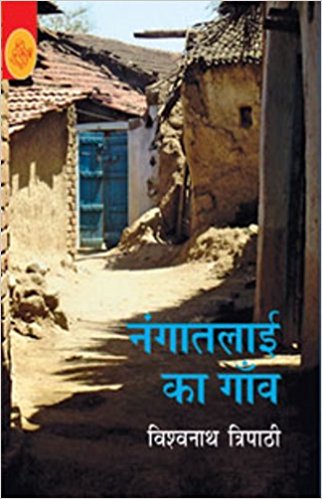I am tempted to describe Nangatalai ka Gaon by Vishwanath Tripathi as one of the most challenging literary works that I have ever read. It is also intriguing and complex, primarily because the writer uses a highly sophisticated genre to express his life and times. He describes the work as Smriti-Akhyan, which could translate as ‘remembered narrative’ or more enigmatically, and more interestingly too, as ‘a legend of memory.’ This literary work, which defies categorization and definition, could perhaps be generically located in the interstitial spaces between personal story as autobiography or memoir, social tract and historical account, objective truth and subjective fact. It maps a chronology of time, one which is marked by crucial public events. It is also an account of the sweep of transition and a moving description of village life. It has elements of a story and yet is more than story. Let me make an attempt to translate the short introduction by the writer as it catches both the spirit of the novel and its hybrid telling. He writes, “This book is about my village. The ways in which I know my village.
January 2006, volume 30, No 1

